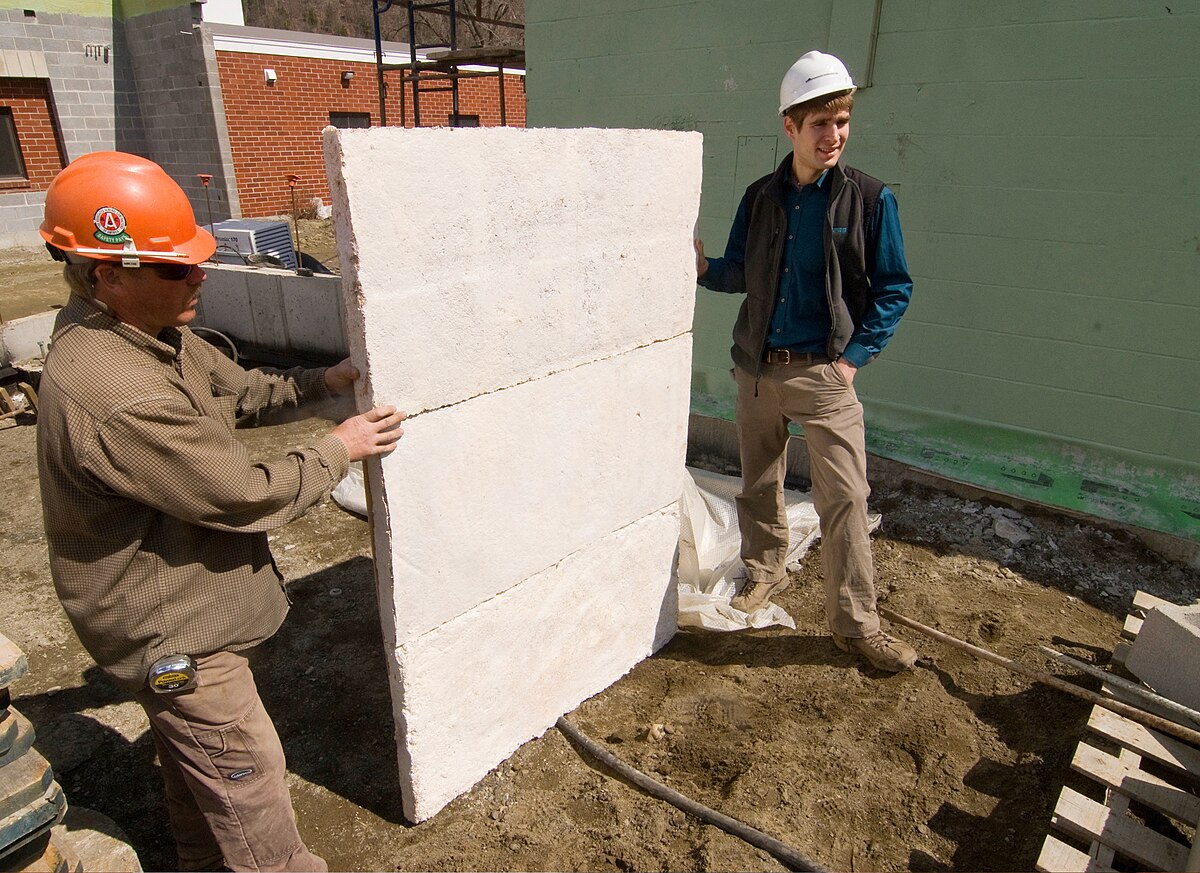Are you tired of those skyrocketing energy bills during the harsh winter or scorching summer months? Installing insulation in your home might just be the solution you’re looking for. Proper insulation not only keeps your home comfortable year-round but also significantly reduces energy consumption, ultimately leading to lower utility bills. In this comprehensive DIY guide, we’ll explore the benefits of insulation and the various insulation options available to help you make an informed decision for your home.
The Power of Insulation
Insulation is like a cosy blanket for your home, keeping it warm in winter and cool in summer. By acting as a thermal barrier, insulation prevents the transfer of heat between the interior and exterior of your home. This means that during winter, it retains the warmth generated by your heating system, and during summer, it keeps the hot air outside, maintaining a comfortable indoor temperature. The result? Lower energy bills and increased comfort for you and your family.
Benefits of Installing Insulation
- Energy Efficiency: One of the most significant advantages of insulation is its ability to improve your home’s energy efficiency. When properly installed, insulation reduces the amount of energy needed to heat or cool your home, which translates into lower energy bills.
- Comfort: Insulation not only helps maintain a consistent temperature but also minimizes drafts, making your home more comfortable year-round. You’ll no longer have to suffer through freezing winters or sweltering summers.
- Environmental Benefits: Lower energy consumption means reduced greenhouse gas emissions, making your home eco-friendlier. By installing insulation, you’re also contributing to a greener planet.
Insulation Options
Now that you’re convinced of the benefits, let’s explore the different insulation options available for your home:
- Fiberglass Insulation: This is one of the most popular and cost-effective insulation materials. It comes in the form of blankets or batts, which are easy to install between wall studs and ceiling joists. Fiberglass insulation is known for its fire resistance and is an excellent choice for DIY enthusiasts.
- Cellulose Insulation: Made from recycled paper treated with fire-resistant chemicals, cellulose insulation is eco-friendly and cost-effective. It can be blown into wall cavities and attics, making it an ideal choice for retrofitting existing homes.
- Spray Foam Insulation: This type of insulation offers superior thermal performance due to its ability to expand and fill gaps completely. It’s suitable for both new construction and retrofits. However, it’s essential to hire a professional for spray foam installation, as it requires specialized equipment and expertise.
DIY Insulation Tips
While some insulation types may require professional installation, there are several DIY-friendly options, such as fiberglass and cellulose insulation. Here are some essential tips to consider when installing insulation yourself:
- Safety First: Before beginning any insulation project, ensure you have the necessary safety gear, including gloves, a dust mask, and safety glasses. Properly ventilate the area to minimize exposure to insulation materials.
- Measure Accurately: Measure the area you plan to insulate accurately to determine the amount of insulation material you’ll need. It’s always a good idea to buy a bit extra to account for any mistakes or gaps.
- Seal Gaps and Cracks: Before installing insulation, seal any gaps and cracks in your home’s envelope using caulk or weatherstripping. This prevents air leaks and enhances the insulation’s effectiveness.
Summing It All Up
Installing insulation in your home is not just a minor adjustment; it’s a strategic move that brings about a multitude of benefits. In today’s world, where energy costs are continually on the rise, having an energy-efficient home has become a priority for many homeowners. Proper insulation acts as a barrier, preventing the loss of heat during the cold months and keeping the heat out during the warmer ones. This effectively reduces the need for excessive heating or cooling, leading to significant energy savings.
Moreover, the level of comfort in an insulated home is noticeably higher. No longer will there be cold drafts in the winter or stifling heat in the summer. Rooms maintain a more consistent temperature, making living spaces more enjoyable throughout the year. The importance of selecting the right insulation material cannot be overstated. Different materials have various R-values, which measure their resistance to heat flow. By choosing a material that’s suitable for your home’s specific needs, you maximize the efficiency and longevity of the insulation.
However, as with many home improvement projects, proper installation is key. If insulation is not installed correctly, it can lead to gaps, compression, or other issues that compromise its effectiveness. Whether you’re a DIY enthusiast or someone who prefers to leave it to the professionals, ensuring that the insulation is correctly fitted is crucial.
In addition to the immediate benefits of comfort and savings, there’s also the broader perspective to consider. As more individuals take steps to reduce their energy consumption, the collective impact on the environment becomes increasingly significant. By insulating your home, you’re not just cutting down on your energy bills; you’re also playing a part in reducing greenhouse gas emissions and the strain on our planet’s resources.
In conclusion, the decision to insulate one’s home goes beyond just individual gains. It’s a commitment to a more sustainable future, and an investment that pays off in multiple ways. Whether it’s the tangible savings on energy bills, the increased comfort in daily living, or the positive environmental impact, installing insulation is an undeniable win-win choice for homeowners everywhere.

